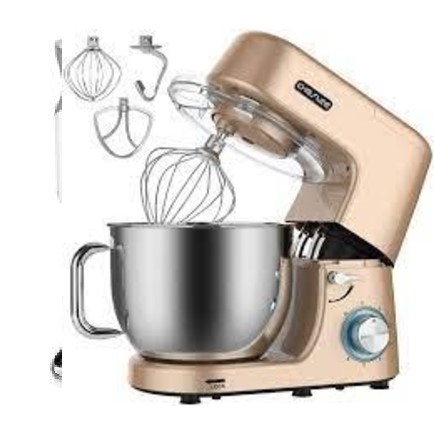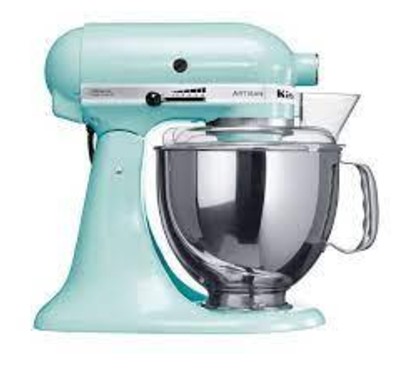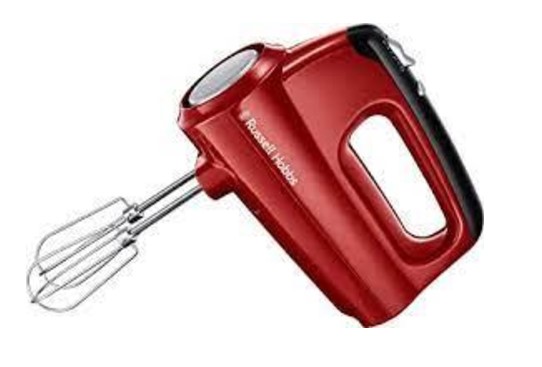Invention: A blender or mixer is an appliance that allows you to beat or mix soft foods, fluff and emulsify mixtures and sauces, and whip egg whites to stiff peaks.



Functioning
An electric motor (usually a universal motor) turns a shaft, this shaft is connected to a series of gears, which are connected to metal rods. When turning, these cause the movement of the mixture of ingredients.
They exist in three different versions: Rod blenders have a vertical rod with which food can be beaten or mixed, glass blenders have a glass or container and usually have the blades that make the shake at the bottom of the bowls. themselves and finally the kneading mixers which are similar to the rod only that they are specially designed to knead.1
The first mixer was invented by Herbert Johnston in 1908. 2 It was not hand-held like most of today’s lighter models, but rather a stationary appliance that stood on a table or countertop. It was marketed by the North American company Hobart Electric Manufacturing Company, which sought to offer restaurants a tabletop version of the already existing large industrial mixers.
Saray Bautista Rivera, 4º Secundaria

Ingredients
- 2 tablespoons of water.
- 1 egg yolk.
- 100 grams of butter (shortening).
- 1 pinch of salt.
- 500 grams of strawberry.
- 3 tablespoons of strawberry jelly.
Preparation
- Prepare a dough with the flour, water, yolk, butter and salt. Extend it until it is 3 or 4 mm. thick and cut 6 circles to fit 6 tartlet pans.
- Line the molds with the dough, prick it several times so that it does not rise when baked and cook in the oven, preheated to 180 degrees C, for 15 minutes.
- Let cool, unmold the tartlets and put on each one a little jelly, previously dissolved in a little water.
- Fill tartlets with strawberries, drizzle with remaining jelly, and serve





























































